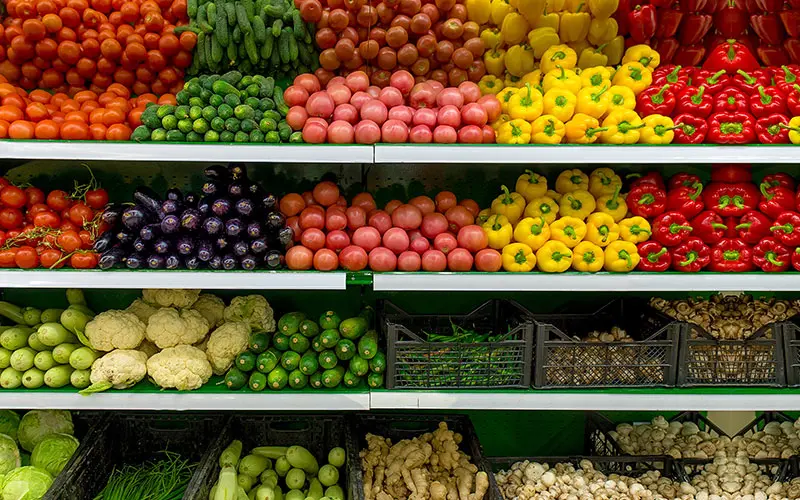Peter E. Gordon, VP of business development, Bolb Inc.
As of April 2020, the Centers for Disease Control and Prevention identified nearly 5,000 confirmed cases and 20 COVID-19 related deaths among workers within fish, meat or poultry processing plants.
Undoubtedly the number has since grown exponentially, along with all COVID-19 cases in the US, perhaps at an even greater rate due to underreporting by plant management or political interests and exacerbated by the socio-economic status of the workers, who were left little choice but to report to work even if asymptomatic or in contact with family members exhibiting symptoms. However, in the interest of worker and economic safety, some well-intended facilities have implemented a modicum of enhanced precautions. For example, Blue Harvest Fisheries adopted new safeguards to help protect workers, including minimalistic plexiglass enclosures on the processing line in its New Bedford, Massachusetts, plant.
But clearly, these solutions, and those promulgated by the CDC, still lack consistent efficacy due to persistent airborne and surface contamination introduced by infected workers combined with a lack of active decontamination during occupancy of production lines.
By significant reduction of the total pathogenic load, ongoing UV-C treatment of the air surrounding each employee, as well as critical contamination points, food contact surfaces, packaging and personal protective equipment would serve as a ready-to-use transmission barrier – especially in the hasty conditions of food production. Undoubtably, such safe, vigilant, ongoing UV-C virus inactivation approaches would greatly lower pathogen exposure risk for workers.
Of course, the same assertion applies to the other side of the food supply chain spectrum, where patron safety in restaurants and confidence in occupying enclosed space is the primary concern.
Given peer-reviewed published reports about outbreaks within the close, confined spaces of sit-down service, such as Lu et al., Emerging Infect Dis. 2020;26(7):1628-1631, where virion-laden droplet transmission was found to be the primary vector, solutions to create safe, yet economically viable establishments, has been the top aim of restaurateurs desperately seeking solutions to save their businesses.
But the owners are meeting a stark reality; meeting the objectives to satisfy both requirements, using available technology, seems unattainable.
Undaunted by the challenges, Marlaina’s Seafood restaurant, featured in the NPR article “Coronavirus Sparks New Interest In Using Ultraviolet Light To Disinfect Indoor Air,” July 13, 2020, on a seemingly Captain Ahab-like quest – counter to advice from UV-C air treatment experts who view such installations as unviable outside of engineered, built space such as hospitals – has resorted to installing low-pressure, lamp-based, upper room air UVGI systems as its harpoon.
It may be that this restaurant is on the right track but using the wrong means. Perhaps it would be more effective to implement fast and easy to install, non-intrusive, robust and instantly efficacious, small form factor, UV-C airborne aerosol and droplet interceptors throughout the eatery.
Given lightweight aerosols, exhaled from asymptomatic super infectors, travel fully across rooms but heavier, more complex droplets settle out of the air within three feet, the application of transmission severing devices should ideally lie between all Points of Exhale and Points of Inhale of each customer.
This will render both fomites harmless before they impinge upon a co-occupant, the aerosols continue to accumulate, or the droplets settle onto surfaces requiring laborious and expensive post-service cleaning. An intervention of treating the air at each table – rather than relying on a single upper air treatment fixture to cover the entire space – could be the best approach to keeping SARS-CoV-2 off the menu.
The IUVA Food and Beverage Safety Working Group explores the latest updates on the science-based validation and commercialization of UV-C technology for plant growth stimulation or suppression, nutrition enhancement, fungicide and pesticide reduction, wash water sanitation and postharvest disinfection, as well as use for nonthermal, low UVT beverage treatment.
Contact: Peter E. Gordon, [email protected]





